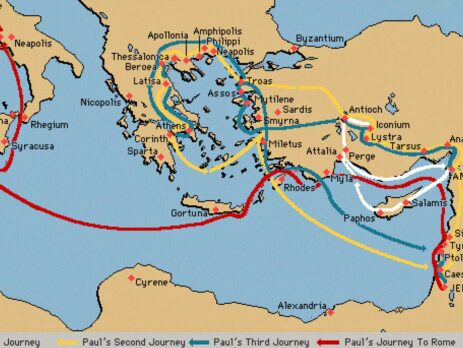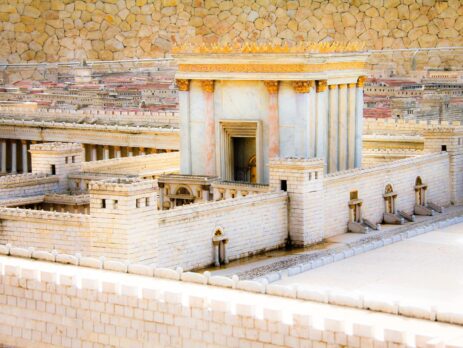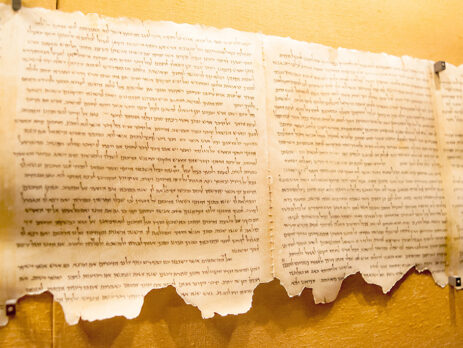The Impact of Geography on Biblical Events: From the Flood to the Exodus
Geography is not merely a backdrop in the Bible; it plays a significant role in shaping the events and narratives that unfold within its pages. The physical landscapes described in the scriptures provide the stage upon which the stories of faith, redemption, and divine intervention are played out. From the catastrophic flood to the epic journey of the Exodus, the geography of the biblical world influences the unfolding of these pivotal events, leaving an indelible mark on the collective memory and religious consciousness of believers. The story of the Great Flood, found in the Book of Genesis, is one of the most renowned biblical narratives. The flood is described as a catastrophic event that covered the entire earth, causing the destruction of all life except for Noah, his family, and the animals aboard the ark. The geography of the ancient Near East, particularly the region surrounding Mesopotamia, provides crucial context for...






